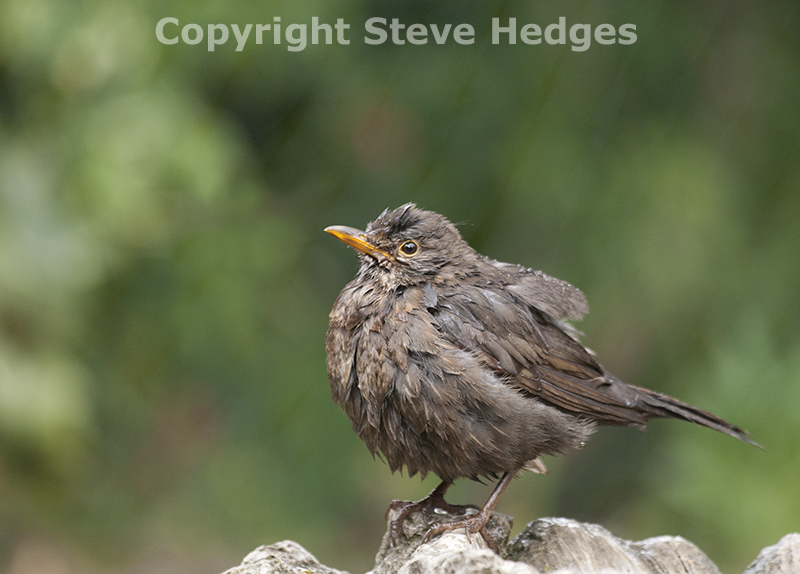As spring is firmly underway for our garden wildlife I thought this would be a great time to write about wildlife photography in the garden.
Wildlife photography can be a very niche pastime when it comes to photography, due to the need for expensive long lenses and hours sitting in a hide or laying in a ditch. Garden wildlife photography on the other hand is much cheaper and more comfortable. You can normally photograph most garden wildlife with a mid range zoom lens around 70mm to 300mm which is cheaper than lone prime-fixed focal length lenses.
Garden wildlife is of course much less nervous of us humans, which is also a major plus point.
The best way to get started is to set up your own garden feeding station. Again, this can be a very simple affair consisting of a couple of seed feeders. Add a bird bath and you already have all that you need to attract many species of garden bird close to your camera.
It’s a good idea to provide a perch for your birds to rest on whilst they are waiting for a turn on the seed feeder. This can be a small branch strapped to an old tripod for instance. By using a set up of this nature you now know where your subject will be sitting. It’s then a case of setting the camera up on a tripod somewhere out of the way and focusing on the perch you have already set up.
As with all wildlife it’s still best to keep well hidden when it comes to wildlife photography. A shed or a conservatory make an ideal makeshift hide. If you don’t have anything of this nature in the right place, you can always drape an old sheet (with a hole cut in it for the lens to point through) over yourself and the camera.
You may find that simply sitting still even if you’re in plain sight won’t spook your garden wildlife. If that’s the case just make sure you make no rapid movements – even if the wildlife action gets exciting.
no images were found
As with all types of photography once you have taken the first image, if there’s time, check the camera’s exposure histogram to ensure the exposure is correct. Keep an eye on the background. Go for a simple plain background with no bright flowers in it. Make sure you set the right focussing mode. If you are shooting action pictures continuous focus mode would be best. If you are shooting portraits of static subjects go for single AF mode. It’s also worth giving back focus mode a try if you have that option available. Shooting with a fast enough shutter speed to freeze any rapid movement is also important so keep an eye on this. Increase the camera’s ISO if your shutter speed is too slow.
Once you have your first garden wildlife photography session under your belt start to think about telling a story. It’s great to get nice portraits of garden wildlife but why not expand your coverage of the subjects? Try to photograph the birds in flight hovering by your seed feeder. Can you get shots of the adults feeding newly hatched young? Are there arguments over who get access to the feeder first? These all make great photo opportunities.
Garden wildlife photography is a great introduction to wild animal photography so why not give it a try? You may well have hours of fun recording your very own wildlife soap opera in the comfort of your own back garden.


